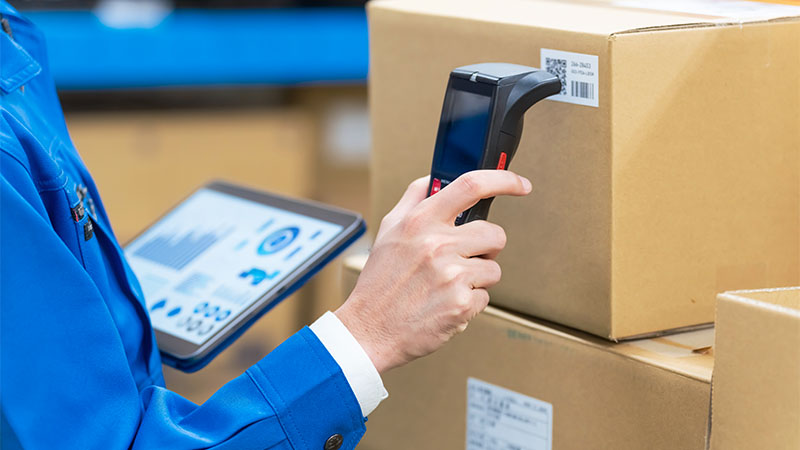Grow your business with the Discover newsletter
Logistics advice & insights straight to your inbox
Subscribe now
A waybill is a document which is attached to a shipment and contains critical information so that machines, couriers and customs officials can process and track it.
The waybill will include important details like the sender’s and recipient’s name and address, the package’s contents, and who is liable to pay the duties and taxes.
Just as every shipment is unique, so is its waybill. Without it, the shipment risks being delayed, lost, or held up at customs.


A waybill is a document released by a carrier which gives details and instructions about a shipment, including what it is, where it’s going, and how it needs to get there. For international shipments, a waybill is essential to passing through customs. In some cases, a waybill will also act as receipt for payment and a requirement for insurance.
The waybill is usually attached to the exterior of the shipment package, so that anyone handling it has easy access to important details. Due to technological advances, electronic waybills have emerged, which promise to boost transparency and efficiency - and of course convenience for the customer. Furthermore, this route is more environmentally friendly.
The main elements of a waybill are the details of the consignor and consignee, and the point of origin and destination. This information helps the carrier know where it’s going, and the customs officials understand the shipment type.

A waybill acts as a legally binding agreement between a shipper and a carrier. It is thus essential for the purposes of liability, insurance, and payment.
Waybills contain tracking ID, meaning the shipment can be tracked in real time, thus reducing its risk of being lost. In today’s world, tracking has become a must for any business shipping overseas. E-commerce businesses, for example, want to ensure their deliveries get to customers quickly and on time – any delayed or lost shipments will reflect poorly on their brand.
It’s important you fill in your waybill carefully (and in legible handwriting!) Customs authorities will check the details match the shipment’s contents and invoice, so inconsistencies could cause your shipment to be held up.
These are the key pieces of information you will need to provide on the waybill:
Once you have filled in the waybill, you will likely have to complete a shipping invoice – this is used as a supporting document for the value declared on the waybill.

With a DHL Express Business Account, you’ll have access to expert advice on all things international shipping – from how to reach new markets to guidance on filling in waybills and navigating customs. All of which means you’ll have more time to focus on the business of selling!